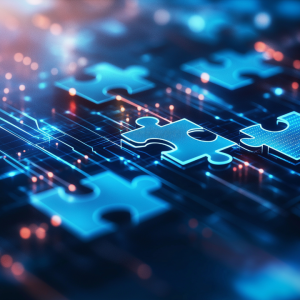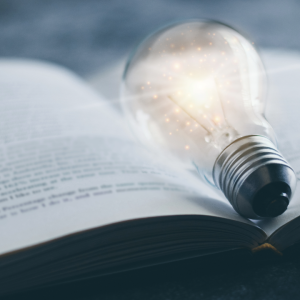From childhood toy chests to adult display cases, the act of collecting transcends mere accumulation. It taps into deep-seated drives—social, emotional, and cognitive—that make us cherish the one-in-a-million find. In this exploration, we’ll unpack the behavioral science behind collecting habits and reveal how Collectiblepedia helps you understand not just what you collect, but why you’re drawn to those rare treasures.
1. The Thrill of the Hunt: Dopamine and Desire
- Reward circuitry
Each successful acquisition triggers a surge of dopamine in the brain, the same “feel-good” neurotransmitter involved in eating, social connection, and even gambling. This chemical hit reinforces the hunt, making us crave the next find.
- Variable rewards
The unpredictability of what you’ll discover—be it at a swap meet or online drop—intensifies excitement. Psychologists call this the “variable-ratio schedule,” where uncertain rewards are more motivating than guaranteed ones (think slot machines).
Dive deeper into the science: Scientific American: Psychology of Collecting
2. Identity and Self-Expression
- Defining the “collector self”
Your collection becomes a personal brand, signaling your interests, values, and expertise to the world—whether it’s vintage action figures or limited-edition sneakers.
- Social belonging
Shared passions forge communities. Online forums, local clubs, and conventions provide spaces to display, discuss, and debate your prized objects, reinforcing social bonds.
3. Rarity and Value Perception
- Scarcity principle
Behavioral economist Robert Cialdini identified scarcity as a key persuasion driver: the rarer something is, the more we perceive it as valuable. Limited runs, one-off prototypes, and discontinued items carry an allure that mass-market goods simply can’t match.
- Endowment effect
Once we own an item, our attachment grows disproportionately. We begin to overvalue it compared to market price—a bias that fuels the desire to expand and protect our collections.
4. Nostalgia and Emotional Resonance
- Memory triggers
Objects tied to personal or cultural memories can evoke powerful emotions—like unwrapping a comic you loved as a kid or holding a vintage vinyl from your teenage years.
- Emotional continuity
Collecting lets us preserve moments in time, creating a tangible bridge between past experiences and present identity.
Explore more insights: Smithsonian: Why We Collect Things
5. How Collectiblepedia Illuminates Your Collecting Journey
At Collectiblepedia, we go beyond cataloging items:
- Deep-dive analyses of the psychological drives behind each collecting niche
- Interactive quizzes to uncover your collector personality type
- Expert interviews with behavioral scientists and veteran collectors
- Community forums where you can discuss not just what you own, but why it matters to you
By understanding the forces that fuel your passion, you can collect more mindfully, appreciate each piece’s significance, and connect more deeply with fellow enthusiasts.
Call to Action
Collectiblepedia doesn’t just show what you collect — we explain why. Unlock the psychology behind your passion and elevate your collecting experience today. 👉 Explore Collectiblepedia







